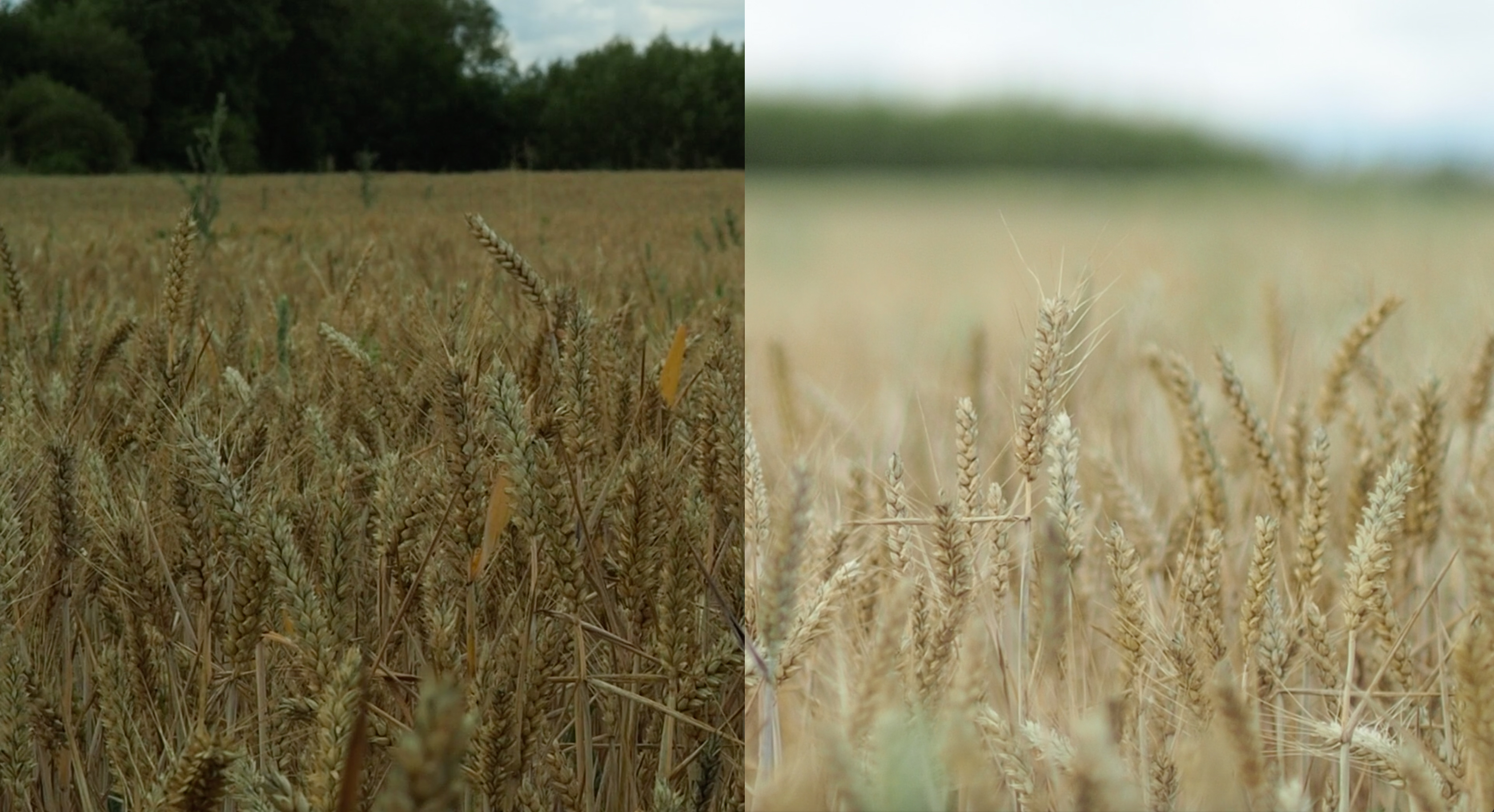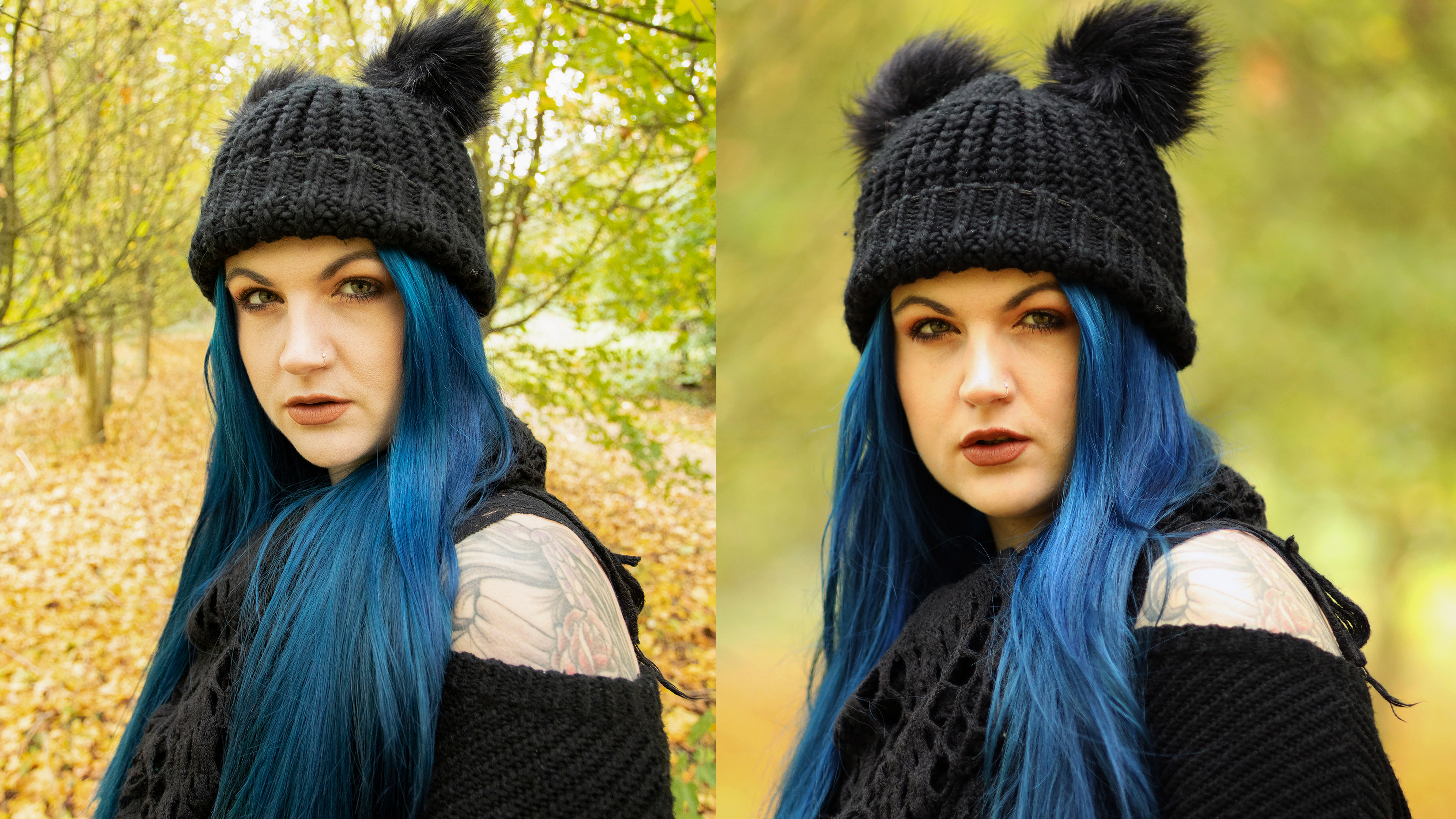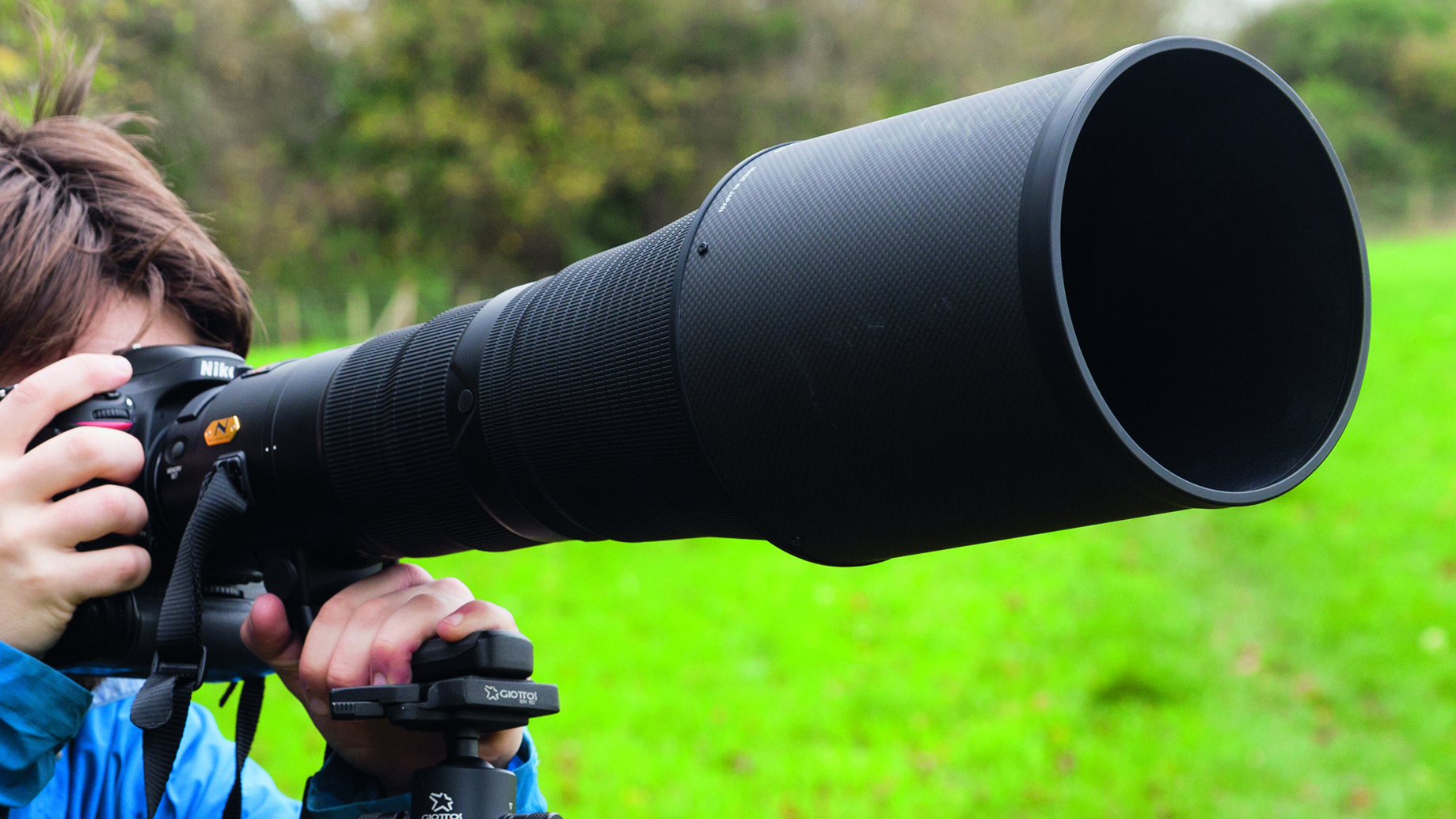What is depth of field in photography?
This week's 'What is Wednesday' answers the question: What is depth of field in photography, and how do you control it?
Watch the video: What is depth of field?
"Zone of focus", "subject separation", "background blur", "shooting wide open", "creamy bokeh", "hyperfocal distance"… You’ve no doubt seen or heard photographers talking about these things, all of which relate to a shallow or large depth of field.
The question is, what is depth of field?
• See the Digital Camera World A-Z Dictionary of photography jargon
At its most basic, and its most important, depth of field simply describes how much of your photograph is in focus. For example, if we’re shooting a landscape image of a forest and mountains, everything from the trees all the way back to the mountains might be in focus. This would be a large depth of field.
However, if we’re shooting a portrait in that same location, we might only have the subject’s nose to their ears in focus, with the trees and mountains out of focus behind. This would be a shallow depth of field.

So depth of field describes how deep the field of focus is within an image. And no matter how shallow or large it is, this field will roughly extend from one third in front of your focal point to two thirds behind it.
It can be manipulated using a number of photographic means. Changing aperture directly affects depth of field: using a small aperture, which is a large f-number like f/16, will produce a large depth of field – ideal for shooting a landscape where you want as much of the scene in focus as possible.
Using a large aperture, which is a small f-number like f/1.8, will produce a shallow depth of field – perfect for portraits, where you want the subject in focus but the background blurred. When someone shoots “wide open”, they’re usually shooting at a lens’ maximum aperture to create the shallowest depth of field possible (to get the blurriest background).

Focal length also controls depth of field. Shooting a portrait with a 135mm lens will produce a shallower depth of field, thanks to its narrower field of view and greater magnification, than a 35mm lens shot with the same composition.
Sensor size affects depth of field, too. With a crop sensor camera, you need to multiply the aperture by the crop factor to get the equivalent aperture in 35mm terms. Therefore with a Micro Four Thirds camera, which has a 2x crop factor, shooting at f/2 is actually shooting at an equivalent aperture – and an equivalent depth of field – of f/4.
Ultimately, depth of field is a creative choice. Portraits don’t need to have blurry backgrounds and landscapes don’t have to be sharp from front to back. So long as your subject is within your depth of field and is sharp, there’s no right or wrong way to use it!
Read more:
What is aperture on a camera?
Hyperfocal distance and depth of field explained for landscape photography
Three prime lenses every portrait photographer needs to consider
Get the Digital Camera World Newsletter
The best camera deals, reviews, product advice, and unmissable photography news, direct to your inbox!

James has 22 years experience as a journalist, serving as editor of Digital Camera World for 6 of them. He started working in the photography industry in 2014, product testing and shooting ad campaigns for Olympus, as well as clients like Aston Martin Racing, Elinchrom and L'Oréal. An Olympus / OM System, Canon and Hasselblad shooter, he has a wealth of knowledge on cameras of all makes – and he loves instant cameras, too.
